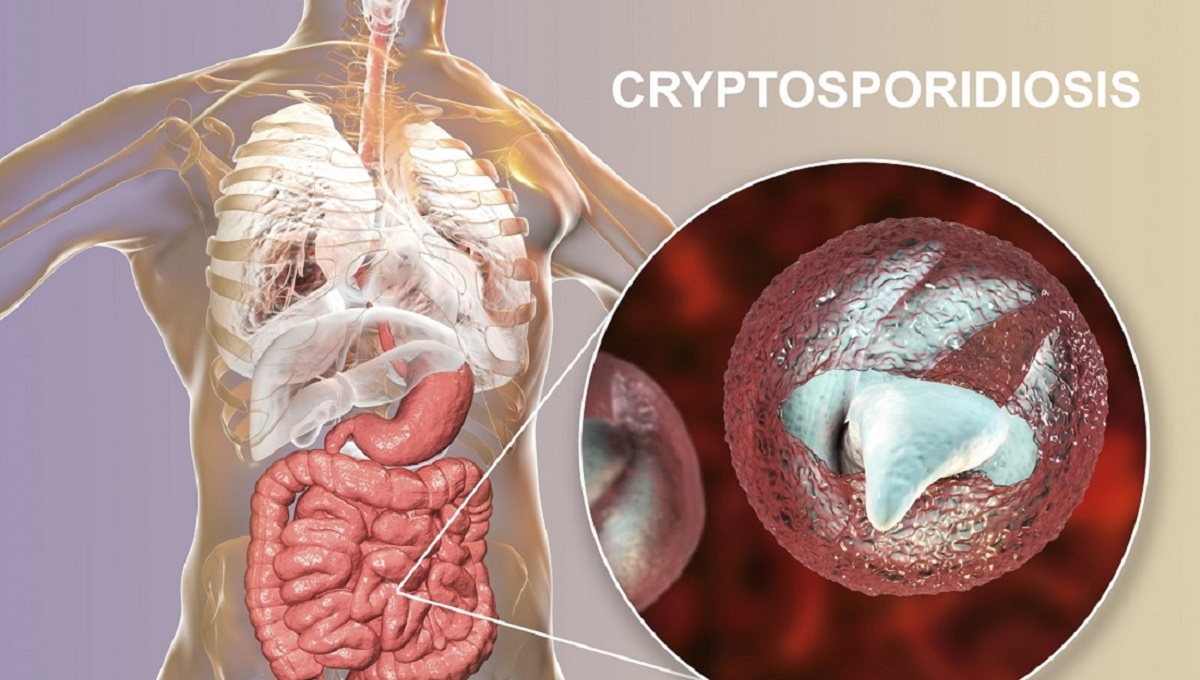
Foodborne sources of Cryptosporidium outbreaks are probably underestimated in France, according to a study.
Researchers looked at outbreaks detected from 2017 to 2020 and summarized investigations by the Cryptosporidiosis National Reference Center.
There were 11 cryptosporidiosis outbreaks, including three with no identified origin, found the study published in Food and Waterborne Parasitology.
Six were because of water contamination, one was because of direct contact with infected calves, and the other was caused by consumption of contaminated curd cheese. In these outbreaks, five exceeded 100 patients.
One foodborne outbreak
Considering cryptosporidiosis in France as a reportable disease and a stronger focus from public health agencies could greatly improve reporting, said researchers.
A November 2017 Cryptosporidium parvum outbreak in Pays de la Loire affected up to 180 people at a high school after they ate an unpasteurized curd cheese.
The batch of curd cheese served at the school could not be analyzed because of delays in the investigation. However, the same Cryptosporidium parvum subtype was found in three out of four sampled calves at the implicated dairy farm. Hygiene measures were then reinforced at the farm.
Before 2017, only six cryptosporidiosis outbreaks in France were reported.
Foodborne outbreaks are more difficult to detect and are likely underreported, said scientists.
Recovery of Cryptosporidium oocysts varies according to food matrices. Oocysts have been isolated from foodstuffs including fruits, vegetables and shellfish.
Cryptosporidium screening from foods is complicated and sensitivity is low. Detection in food involves isolating the parasite from the foodstuff and then using one of a variety of methods. Because of the long incubation period of cryptosporidiosis, foods suspected of being contaminated are often no longer available at the time of investigations.
“Waterborne outbreaks appeared mainly implicated in cryptosporidiosis in France. However, screening of both foodborne and recreational water origins needs to be improved,” said researchers.
E. coli outbreak analysis
Meanwhile, another study looked at a 2019 E. coli O26 outbreak in France traced to cheese.
Officials identified soft cheeses made from raw cow’s milk, Saint-Marcellin and Saint-Félicien, as the common exposure for patients. An investigation confirmed the origin of the cheeses was a single producer and they were recalled.
Twenty pediatric cases of Shiga toxin-producing E. coli-associated hemolytic uremic syndrome (HUS) linked to the outbreak strain were identified. The median age of patients was 16 months with a range of five to 60 months.
Thirteen patients required dialysis; 10 patients and four patients had central nervous system (CNS) and cardiac involvement, respectively but none died. At the 1-month follow-up, only two patients had a decreased glomerular filtration rate and four had hypertension. One child had neurological sequelae.
Researchers said the E. coli O26:H11 outbreak strain was notable for the initial severe clinical presentation of patients, with a high frequency of CNS and cardiac involvement similar to the German E. coli O104:H4 outbreak in 2011. However, despite the initial severity, the 1-month outcome was mostly favorable.
“The patients’ young age in this outbreak highlights the need to improve information and caregiver awareness regarding consumption of at-risk foods by young children as key preventive measures against STEC infections,” they added.
(To sign up for a free subscription to Food Safety News, click here.)
